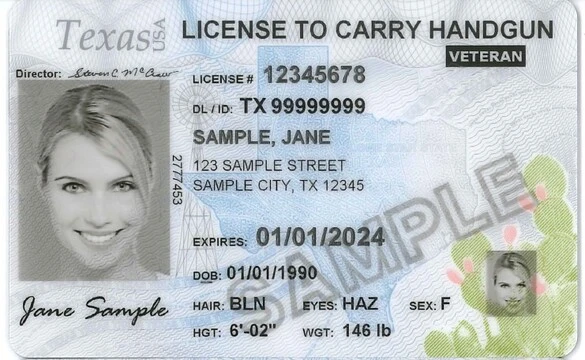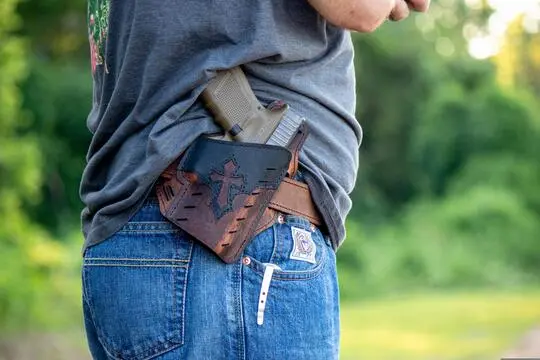Are you getting ready for the Texas License to Carry test and want to make sure you're fully prepared? One important aspect of the test is understanding firearm fundamentals, including the basic mechanics of firearms and an overview of different types of handguns and their features. In this article, we'll cover these topics and more to help you succeed on the test and become a responsible firearm owner.
Understanding the Basic Mechanics of Firearms
Before we dive into the different types of handguns, it's important to understand the basic mechanics of firearms. A firearm is made up of several parts, including the barrel, receiver, magazine, trigger, and sight. The barrel is the long, cylindrical part of the firearm that the bullet travels through. The receiver is the part of the firearm that holds the firing mechanism, while the magazine holds the ammunition. The trigger is what sets off the firing mechanism, and the sight helps the shooter aim.
When firing a firearm, the process typically involves loading the ammunition into the magazine, chambering a round, pulling the trigger to fire, and then ejecting the spent cartridge. It's important to understand how a firearm works so you can handle it safely and effectively.
Overview of Different Types of Handguns and Their Features
Now that you understand the basic mechanics of firearms, let's take a closer look at the different types of handguns you might encounter on the Texas License to Carry test. Two of the most common types are revolvers and semi-automatic pistols.
Revolvers are handguns that have a rotating cylinder that holds the ammunition. They can be single action, meaning the shooter must manually cock the hammer before firing, or double action, meaning the trigger performs both cocking and firing. Revolvers are known for their reliability, but can be slower to reload than semi-automatic pistols.
Semi-automatic pistols are handguns that use a magazine to hold the ammunition. They have a mechanism that automatically loads the next round after firing, making them quicker to shoot than revolvers. There are several different types of actions for semi-automatic pistols, including single action, double action, and striker-fired. Each type has its own pros and cons, so it's important to try out different types to find what works best for you.
When choosing a handgun, there are several factors to consider, including your personal preferences, intended use, and hand size. It's also important to make sure you can handle the handgun safely and accurately.
Safety Guidelines for Handling Firearms
Whether you're taking the Texas License to Carry test or just handling firearms in general, safety should always be your top priority. Here are some basic safety guidelines to follow:
- Always treat firearms as if they are loaded, even if you know they're not.
- Keep your finger off the trigger until you are ready to shoot.
- Be aware of your target and what is beyond it to avoid accidental shooting.
- Properly store and transport your firearms to prevent unauthorized access.
By following these guidelines, you can help prevent accidents and keep yourself and those around you safe.
Tips for Success on the Texas License to Carry Test
In addition to understanding firearm fundamentals and practicing safe handling, there are some specific tips that can help you succeed on the Texas License to Carry test. Here are a few:
- Familiarize yourself with the test format and requirements, so you know what to expect.
- Practice shooting and handling firearms regularly, so you're comfortable and confident on test day.
- Know the laws and regulations related to carrying a firearm in Texas, so you can answer questions on the test accurately.
By following these tips, you can increase your chances of passing the test and becoming a licensed firearm carrier in Texas.
Conclusion
Understanding firearm fundamentals is an important part of becoming a responsible firearm owner and passing the Texas License to Carry test. By familiarizing yourself with the basic mechanics of firearms, the different types of handguns, and safety guidelines for handling firearms, you can handle firearms safely and effectively. With practice and preparation, you can also increase your chances of success on the Texas License to Carry test.




